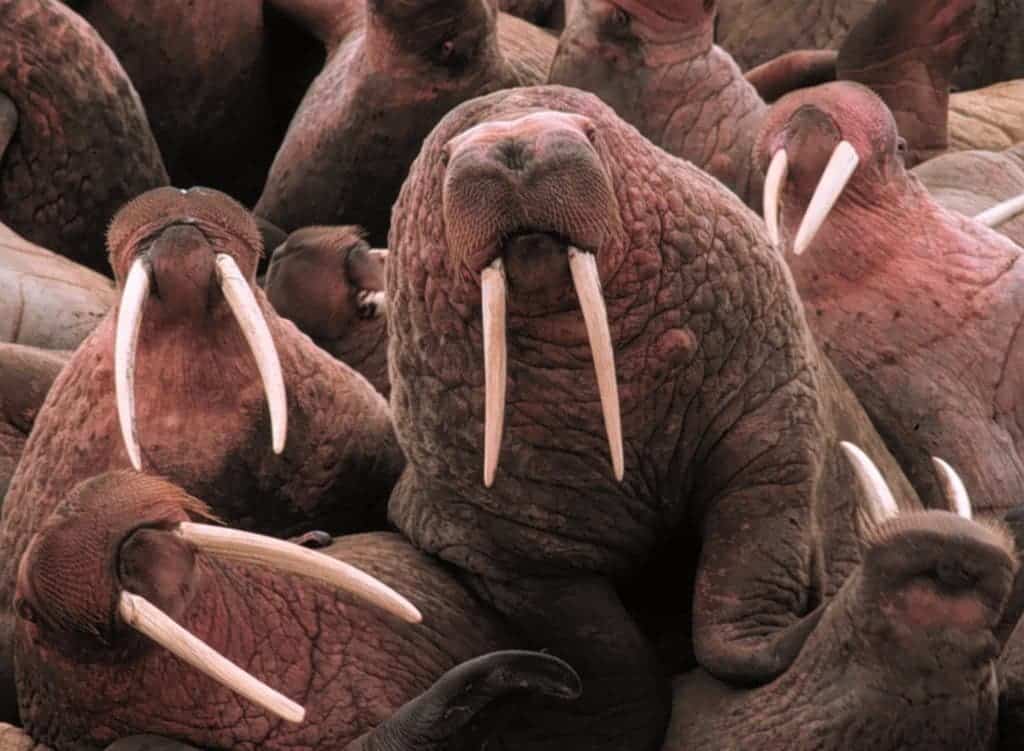
The Endangered Species Act (ESA) is the strongest and most important federal law protecting imperiled wildlife and plants. Since it was passed in 1973, the ESA has helped protect some of the nation’s greatest treasures from extinction, including beloved American icons such as the bald eagle, the Florida manatee, and the California condor. For a species to become listed, however, it needs to go through a cumbersome process that takes 12.1 years on average, despite an amendment passed by Congress in 1982 which rules that this listing process has a two-year timeline.
For some animals that’s too way too much, and indeed researchers have found that the delay has doomed a couple dozen species to extinction.
We need to haste biodiversity protection
The findings were made by researchers who analyzed the time it took for 1,338 species candidates to become listed under the ESA between 1993 and 2014. They found that on average it took six times more than the designated timeline for a species to finally enter under ESA’s protecting wing. For some species, this process took even longer — up to 38 years. Between 1973 and 1995, the researchers found 42 candidate species went extinct before they had the chance to pass the ESA listing process.
Moreover, the team found that an inter-species bias as vertebrates were processed much faster than invertebrates and flowering plants. For instance, the island night lizard was listed in 1.19 years, well under the approval timeline, but the prairie fringed orchid was listed in 14.7 years, as reported in Biological Conservation.
The researchers say that if invertebrates and plants are delayed longer than vertebrates this could cause an imbalance in the ecosystem, as these groups comprise the base of the food webs.
For many species getting listed in the ESA is their only chance. Once under the protection of the law, an endangered species can benefit from having its habitat designated as protected, as well as resources allocated from a federal budget.
In light of this situation, a wildlife advocacy group called the Center for Biological Diversity (CBD) filed a formal notice with intent to sue the U.S. Fish and Wildlife Service (FWS). The plaintiffs argue that the government has failed to act on petitions to protect more than 400 plants and animals under the Endangered Species Act. Among the species which the CBD mentions in its notice are the Florida sandhill crane, the white-tailed ptarmigan, and eastern diamondback rattlesnake.
“Delayed protection can be deadly for species already on the brink of extinction,” Noah Greenwald, co-author of the study and endangered species director at the CBD, said in a statement. “The longer we wait, the more difficult — and expensive — it becomes to save them. Simply put, the U.S. Fish and Wildlife Service needs to be acting more quickly to decide which species will be protected so the recovery process can begin.”
“Attention should be placed on creating real recovery goals and delisting species when they are no longer considered endangered, rather than overwhelming the agency with paperwork,” said Ethan Lane, executive director for federal lands for the Public Lands Council and the National Cattlemen’s Beef Association.
Fish and Wildlife Service officials say, however, that the barrage of mega-petitions is paralyzing their efforts. It’s not easy for them either, but all of this pressure might lead to more streamlined processes and resources for the FWS so it can do its job properly.
“The many requests for species petitions has inundated the listing program’s domestic species listing capabilities,” the service wrote in its 2012 budget request.
“These megapetitions are putting us in a difficult spot, and they’re basically going to shut down our ability to list any candidates for the foreseeable future,” said Gary Frazer, the agency’s assistant director for endangered species. “If all our resources are used responding to petitions, we don’t have resources to put species on the endangered species list. It’s not a happy situation.”






